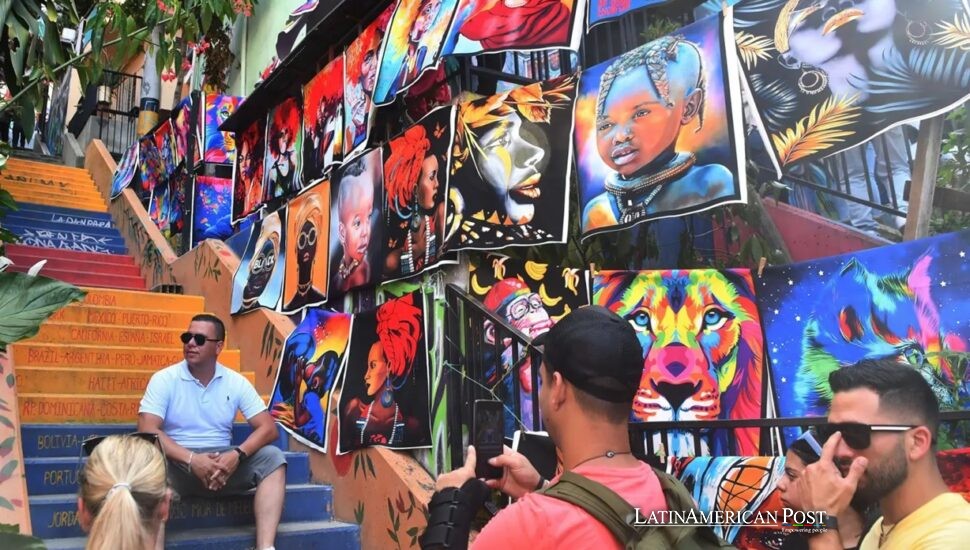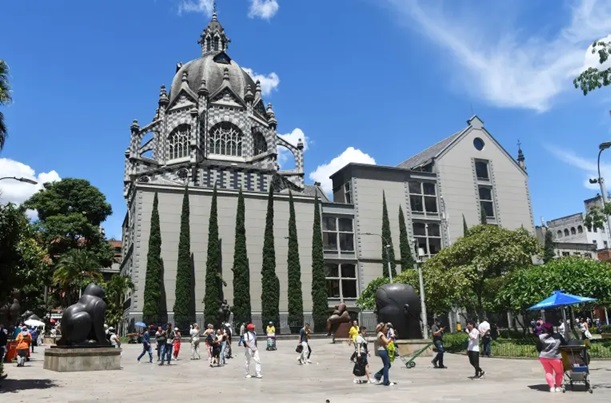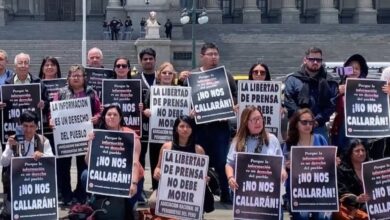Medellín’s Tourist Homes Promise Wellness but Threaten Residents’ Place in this Colombian City

Medellín once reinvented itself with libraries, cable cars and public parks. Now cranes and jackhammers are carving boutique “tourist homes” for digital nomads—short-stay towers that sell wellness and Wi-Fi while raising rents, displacing neighbors and flattening culture into décor.
From Renewal to Real Estate Fever
Medellín’s celebrated rebirth was civic, not speculative. The city stitched once-isolated barrios into its core with public libraries, cable cars, schools and parks that offered dignity to residents who had endured decades of violence. That era built community. Today’s boom feels different.
Developers pitch viviendas turísticas—short-stay hybrids of hotel and apartment—as the city’s future. Nearly 90 projects are in the pipeline, ranging from $1 million refurbishments to $100 million towers, marketed at $50–$200 a night. Brochures speak of “co-living,” “wellness” and “conscious design.” Federico Mesa of Plan:B architects told Bloomberg Businessweek of his team’s restored mansion in El Poblado: “We want someone who can enjoy the place—our culture, the tropics and our local ecology—in a more conscious way.”
But capital rewards turnover, not conscience. Regulations meant to curb Airbnb in residential buildings have instead steered demand into purpose-built tourist homes. Occupancy rates hover near 70%. Investors flock. Operators can remove “guests” at will—unlike tenants with rights. The city becomes “inventory,” neighbors become “users,” and civic renewal is eclipsed by real estate fever.
The Gentrification Math Behind Tourist Homes
Inside, the buildings are seductive. Architects highlight climate-savvy details—cross-breezes, atria, plants that cool without air conditioning. Juan David Botero of Los Patios Cool Living told Bloomberg Businessweek, “That breeze is intentional.” Yet outside, rents spiral. When land values rise to meet international return targets, local wages never keep pace.
Service workers, teachers, and artists absorb the cost in longer commutes or forced relocations. “What appeals to nomads appeals to a lot of people,” explained Andrés Giraldo of Growth Lab to Bloomberg Businessweek. Demand concentrates in the same handful of leafy neighborhoods, squeezing supply for families.
Wellness branding adds a velvet rope. Paola Álvarez, an architect, told Bloomberg Businessweek, “Wellness is where it’s at right now,” describing a project’s pivot from party hostel to spa-like retreat. Former hostel owner Joel Goleburn praised his four-unit building’s wood finishes and spiral stair: “It just feels wholesome.” But every tower built for serenity occupies land that could house residents. Medellín already learned during its Airbnb surge: diverting stock to visitors tightens the vise on locals. Purpose-built towers formalize and scale the diversion.
Mexico City offers a cautionary tale—displacement followed by backlash. Urban planner Daniel Madrigal warned in Bloomberg Businessweek that Medellín is “far from seeing the end” of this curve. Pressure doesn’t vanish; it migrates—from El Poblado to Laureles to wherever the next “authentic” neighborhood can be branded and monetized.
Culture Isn’t an Amenity
The new tourist homes sell the illusion of belonging. Lobbies host murals, mixers and podcast booths. Names fold in words like “living” to suggest community. But culture isn’t a design feature. It is the señora at the tienda, the kids playing fútbol on cracked pavement, the Friday salsa club that runs too late and too loud.
As Bloomberg Businessweek noted, one building’s manifesto declared: “ALWAYS BUILDING NEW AND STARTING OVER.” Residents prefer continuity. Yet when rents are quoted in dollars and leases shortened to seasonal windows, everyday rhythms become motifs for visitors rather than life for locals.
Medellín’s neighborhoods carry living memory: how communities endured cartel wars, how neighbors built social infrastructure without lavish budgets, how resilience grew in plazas and markets. Reducing those textures to lobby murals or rooftop amenities misses the point. Culture isn’t décor—it’s governance, history and rootedness.

EFE@Luis Benavides
A Better Way to Welcome Without Displacing
Tourism itself is not the enemy. Handled wisely, it can be a bridge. But homes must come first, stays second. Cities could cap the density of short-stays by block, tax tourist homes to finance social housing, and require community-benefit agreements that channel profits into schools, parks and small businesses.
Developers who truly value Medellín’s culture should codify it: locals-first hiring, discounted leases for neighborhood shops, public amenities like bathrooms and shaded seating at ground level. National policy could back community land trusts and limited-equity cooperatives so residents—not just foreign investors—share in neighborhood gains.
Above all, Latin America’s cities must defend the right to live, not merely to stay. Medellín’s earlier rebirth succeeded because it invested in permanence—libraries, parks, transport—that gave citizens reasons to believe tomorrow would be better. The next chapter should honor that lineage. Visitors are welcome to learn and contribute. But Colombian neighborhoods are homes first, not lifestyle products for booking platforms.
Also Read: How a Colombian-American Artist on Death Row Helped Name a Killer
Quotations and interviews referenced above were reported by Bloomberg Businessweek.





